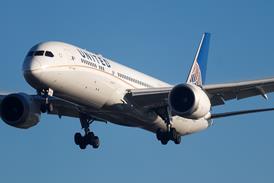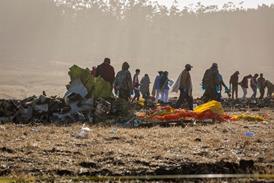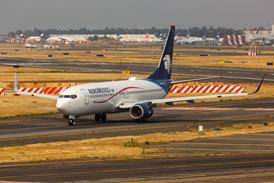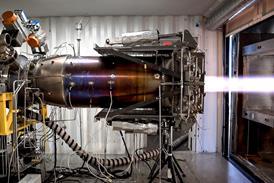Saab Aerosystems is negotiating potential co-operation on a MALE requirement with EADS/Israel Aircraft Industries
Sweden's ministry of defence this year plans to launch development of a medium-altitude long-endurance (MALE) unmanned air vehicle to be operational by 2012. The system will be used to co-ordinate and cue tactical UAVs and Sweden's future unmanned combat air vehicle (UCAV), which is expected to support reactive ground strike missions from 2014.
Saab Aerosystems is discussing potential co-operation on the MALE requirement with EADS and Israel Aircraft Industries, having identified their developmental Eagle 2 UAV as a potential solution to Sweden's military requirements.
Sweden's UAV roadmap also details plans to field a first-generation short-range mini-UAV for over-the-hill operations from 2006. Work to develop a replacement for the Swedish armed forces' Sagem-built Ugglan (Sperwer) tactical UAV is due to start in 2007, with a further derivative of the design expected to provide a second-generation mini-UAV by 2012. A hand-launched micro-UAV is also being studied to support urban operations.
Sweden's involvement in a long-term UCAV demonstrator project with France aims to see Saab develop the air vehicle's flight control, autonomous operation and navigation systems, the company says.
France's Dassault Aviation is prime contractor for the effort, which is 50%-funded by France's DGA procurement agency and 25% by Sweden's Defence Materiel Administration. A contract signature to launch the project is planned for the third quarter of this year, with the system to make its flight debut in 2008-9. The Greek government and Hellenic Aerospace Industries recently signed memoranda of understanding to join the European UCAV effort, which will deliver a full-scale low-observable platform in the 3,000-3,500kg (6,600-7,700lb) class with weapons capability.
Meanwhile, Saab Aerosystems is preparing to expand flight testing of its Sharc UCAV demonstrator to cover fully autonomous sorties from August 2004. Flown over Sweden's Vidsel test range, the design's previous two test campaigns have centred on its flight envelope and aerodynamics, and demonstrated a maximum speed of 170kt (320km/h).
The company-funded one-eighth-scale demonstrator will then undertake a further campaign in the second quarter of 2005, with this to include tests of the platform's see-and-avoid capabilities. A final, full-capability demonstration will take place in mid-2006, using a larger-scale version of the composite vehicle, in which the UCAV is expected to fly a reconnaissance mission in open airspace.
The Swedish government has also funded a follow-on project covering demonstrations of the Saab-developed Filur stealth air vehicle. This will use the same avionics as the Sharc and have a 2.5m (8.2ft) wingspan, an overall length of 2.2m and a maximum take-off weight of around 50kg.
The system will have a maximum speed of 190kt and a flight endurance of around 20min, says Saab. The programme will focus on proving low-observable techniques, such as the design's masked engine intake and exhaust. To start in late 2005, the flight tests will culminate in the Filur air vehicle making a simulated attack on a radar site with the aim of avoiding detection.
Underlining its growing interest in the unmanned vehicle sector, Saab also predicts a commercial market for cargo UAV systems.
CRAIG HOYLE / LINKÖPING & PETER LA FRANCHI / CANBERRA
Source: Flight International




















